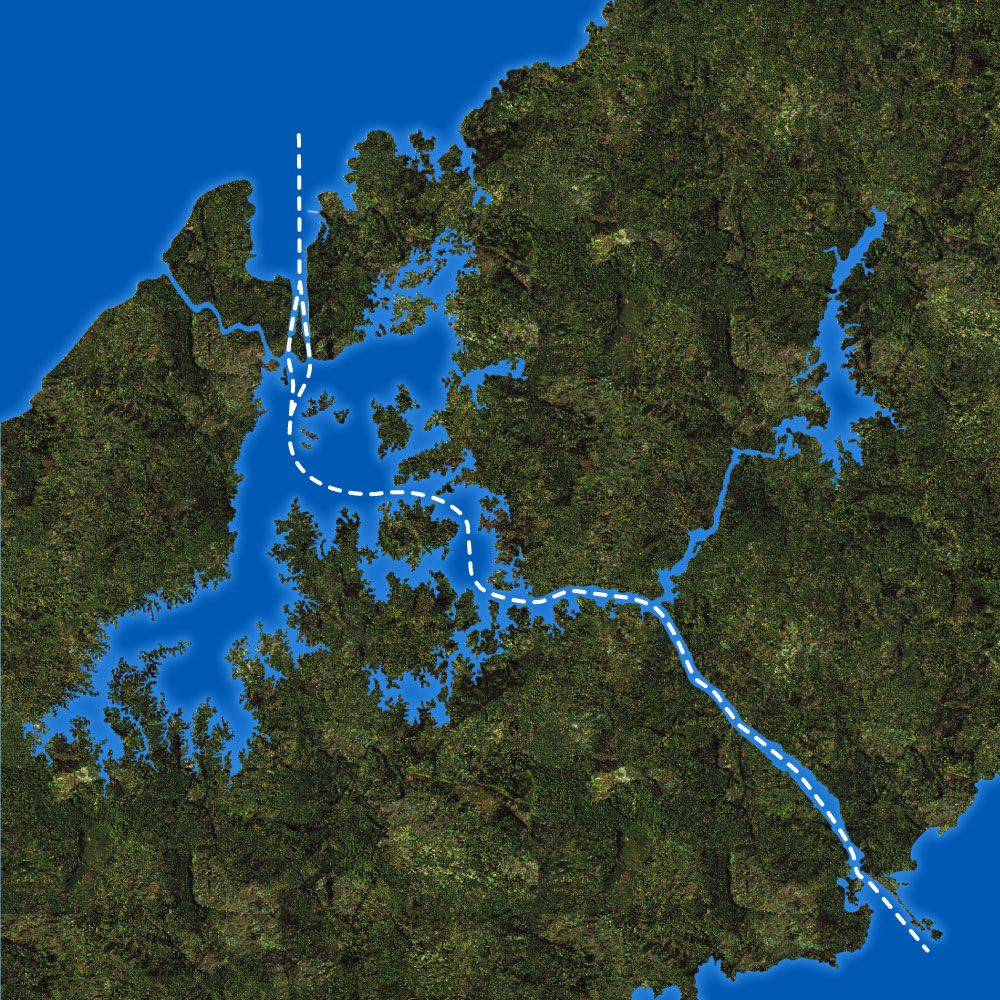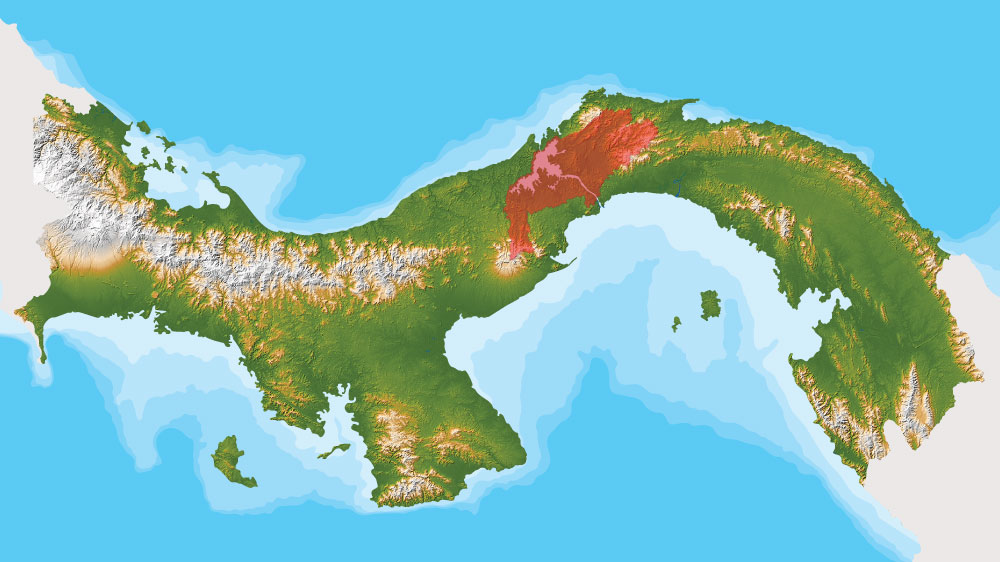

the panama canal miraflores lock agua clara locks the panama canal
The Panama Canal is a freshwater, lock-based canal measuring approximately 50 miles in length and traversing north-northwest. Using a series of locks on both ends, the Canal acts as a freshwater elevator. Each vessel, irrespective of its type and dimensions, is lifted 85 feet above sea level to reach the height of Gatun Lake and then lowered back to sea level on the Canal's opposing side.
The water for the Canal originates from a vast watershed covering 1,150 sq miles (736,000 acres), an area encompassing four different provinces and measuring 7-8 times the size of Gatun Lake. The rainwater catchment area, highlighted in red on this map, includes the rivers and dammed lakes that extend across both sides of the Canal. All the rainwater collected is diverted into the Canal for a good reason. Each vessel that transits requires approximately 52 million gallons of freshwater: 26 million gallons to raise the ship to the height of Gatun Lake and another 26 million to lower it to ocean level. So, you can appreciate how important it is to protect the watershed and conserve water.
The Canal nearly divides Panama into two equal parts and resides in arguably Panama's lowest-lying region. Most of the Canal's terrain does not exceed 300-400 feet of elevation. Ancon Hill, located on the Pacific coast, is the highest point within the canal basin and measures just 653 feet above sea level.


The Panama Canal consists of four principal components: the locks, of which there are five; three dams; Gatun Lake; and Gaillard Cut.
Locks: There are five sets of locks: Agua Clara, Cocoli, Gatun, Miraflores, and Pedro Miguel. Gatun, Miraflores, and Pedro Miguel Locks date back to the initial construction period, whereas Agua Clara and Cocoli entered into service in 2016 during the expansion period. Gatun and Agua Clara Locks reside on the Atlantic. Miraflores, Pedro Miguel, and Cocoli Locks on the Pacific.
Embarkment Dams: The Dam measures 738 ft. at the water's edge, making it the largest of the three dams. Madden Dam was built between 1932-1935 to increase the holding capacity for the three locks and help regulate water flow into Gatun Lake. It impounds the water from the Chagres River, forming Lake Alajuela, and provides hydroelectric energy for the Canal and surrounding areas. Finally, Miraflores Dam is the smallest of the three dams and is located adjacent to Miraflores Locks, between Miraflores and Pedro Miguel Locks.
Gatun Lake: Gatun Lake covers 163 sq miles and, when completed, was the world's largest artificial lake. All vessels transiting the Panama Canal pass through Gatun Lake en route to their final destination.
Gaillard Cut: Gaillard Cut is a thin 8.5-mile (13.7 km) section connecting Pedro Miguel Locks with Gamboa. Also referred to as "Culebra Cut" due to its abundant curves — Culebra in Spanish means snake — Gaillard Cut was carved through the continental divide and named after U.S. Army engineer David de Bose Gaillard, who supervised much of the construction. Six thousand men worked on this project from 1907-1913, using an estimated 60 million pounds of dynamite during excavation.